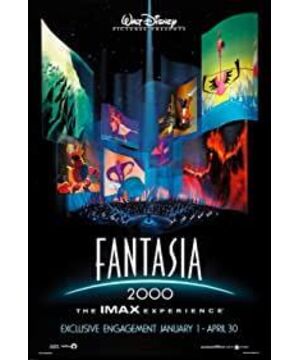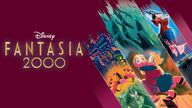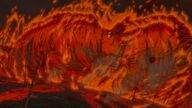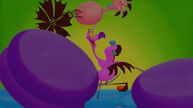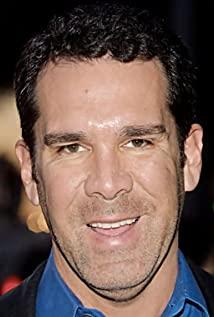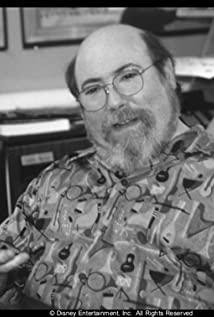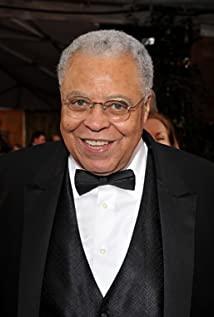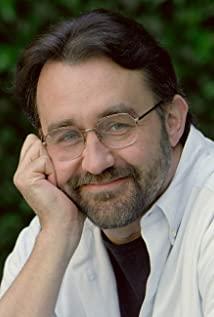Usually composers are composers to score the video, which is turned upside down here. The protagonist becomes a symphony. I guess they make a short film like this, first of all, it is a holistic understanding, to imagine the scene created by a piece of music, or choose a storyline that fits this scene, and then think about how to split each phrase. Or the actions of the characters. However, it is not appropriate to say that there is music first, and then the picture. These music have also been re-arranged and played to fit the picture.
At present, there are not many such similar forms. Folk MAD, AMV and the like, but they all rely on god editing to collage a few frames of original pictures, lacking a coherent plot. In addition, popular music generally has a strong melody, especially some radio songs and even ghost songs, which can be edited with the rhythm.
In addition to Disney’s 1940’s Old Fantasia, Poland also has a series of animated short films for classical music. The cost of animation is not as good as Disney’s, and it is also afraid to use stories to express music.
It is difficult to give a narrative picture to a symphony. The beauty of music lies in the changes in scale, and the beauty of symphony lies in the blending of different instruments and parts. The change in the image is the sub-mirror, and the blending is the interaction between the subject and the environment in the picture, or the interaction between different subjects. But it is very difficult to implement, maybe a bit like writing poetry. A song, it is inevitable that a melody will be played repeatedly several times. At this time, you can't repeat the same scene again, right? Parallel imagination is limited, and the result is that the synchronization rate drops, or the screen starts to perform some transitional scenes to explain the plot regardless of the music. Indeed, it seems that the synchronization rate in some places is not as high as MAD. This is no way. However, it is true that a certain phrase of certain musical instruments will make people naturally focus on a certain subject of the picture and imagine moving along with it.
Personally, I think the most successful is "Rhapsody in Blue". The style of painting is very good with JAZZ, and it is the kind of casual performance of JAZZ. The plot is humorous, the rhythm is tight, the synchronization rate is high, and it has a little practical significance. The second is the flamingo playing yo-yo, this one is refreshing, and the synchronization rate is broken.
View more about Fantasia 2000 reviews


